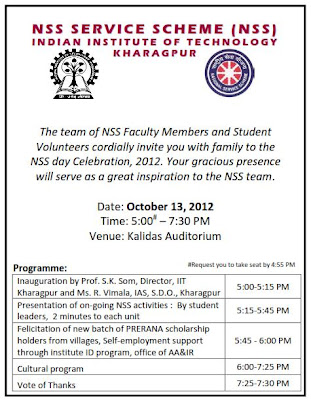NSS has been monitoring drinking water quality at several villages over
the past several months. These villages rely on groundwater for their
drinking water needs. Water samples from four tube wells serving two
schools and the tribal community of Porapara village and two shallow
water wells also serving Porapara were found to be too acidic to be fit
for human consumption. Their iron concentration and bacterial load also
exceeded the limits set by WHO for potability by large margins. Iron
overdose can damage internal organs such as brain and liver particularly
affecting young children and bacterial loads in drinking water exposes
users numerous water borne diseases and chronic malnutrition. Although
only a few villages were monitored in this assessment, experience
indicates that situation in other villages adopted by NSS would also not
be very different. School going children and their families (in fact,
the entire village in many cases) are continuing to rely on these water
sources for their drinking water needs.



At the insistence of
NSS, use of the tube well at Gaighata Primary School has been
discontinued. The school has since been connected to the piped water
supply network of Sajal Dhara project of West Bengal government. NSS
has also prepared low-cost filter beds, assessed their efficacy of
producing potable water over several weeks and set them up for use at
the schools at Ayodhyagarh, Gaighata, Hiradihi and Nachna. School
authorities and local self-help groups at these locations have been
trained to maintain, disassemble and reassemble these units to ensure
the filter units remain effective in the long run. The findings of this
assessment has been circulated among school authorities and Panchayat
members to help develop a sustainable water treatment strategy in this
area.







Comments